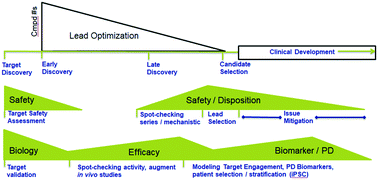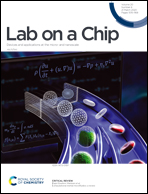Introduction to a manuscript series on the characterization and use of microphysiological systems (MPS) in pharmaceutical safety and ADME applications
Abstract
Safety related drug failures continue to be a challenge for pharmaceutical companies despite the numerous complex and lengthy in vitro assays and in vivo studies that make up the typical safety screening funnel. A lack of complete translation of animal data to humans can explain some of those shortcomings. Differences in sensitivity and drug disposition between animals and humans may also play a role. Many gaps exist for potential target tissues of drugs that cannot be adequately modeled in vitro. Microphysiological systems (MPS) may help to better model these target tissues and provide an opportunity to better assess some aspects of human safety prior to clinical studies. There is hope that these systems can supplement current preclinical drug safety and disposition evaluations, filling gaps and enhancing our ability to predict and understand human relevant toxicities. The International Consortium for Innovation and Quality in Pharmaceutical Development (IQ) MPS Affiliate is a group of pharmaceutical industry scientists who seek to expedite appropriate characterization and incorporation of MPS to potentially improve drug safety assessment and provide safer and more effective medicines to patients. In keeping with this mission, the IQ MPS Affiliate scientists have prepared a series of organotypic manuscripts for several key drug safety and disposition target tissues (lung, liver, kidney, skin, gastrointestinal, cardiovascular, and blood brain barrier/central nervous system). The goal of these manuscripts is to provide key information related to likely initial contexts of use (CoU) and key characterization data needed for incorporation of MPS in pharmaceutical safety screening including a list of characteristic functions, cell types, toxicities, and test agents (representing major mechanisms of toxicity) that can be used by MPS developers. Additional manuscripts focusing on testing biologically based therapeutics and ADME considerations have been prepared as part of this effort. These manuscripts focus on general needs for assessing biologics and ADME endpoints and include similar information to the tissue specific manuscripts where appropriate. The current manuscript is an introduction to several general concepts related to pharmaceutical industry needs with regard to MPS application and other MPS concepts that apply across the organ specific manuscripts.

- This article is part of the themed collections: Microphysiological systems in pharmaceutical safety and ADME applications and organ-on-a-chip systems: translating concept into practice


 Please wait while we load your content...
Please wait while we load your content...